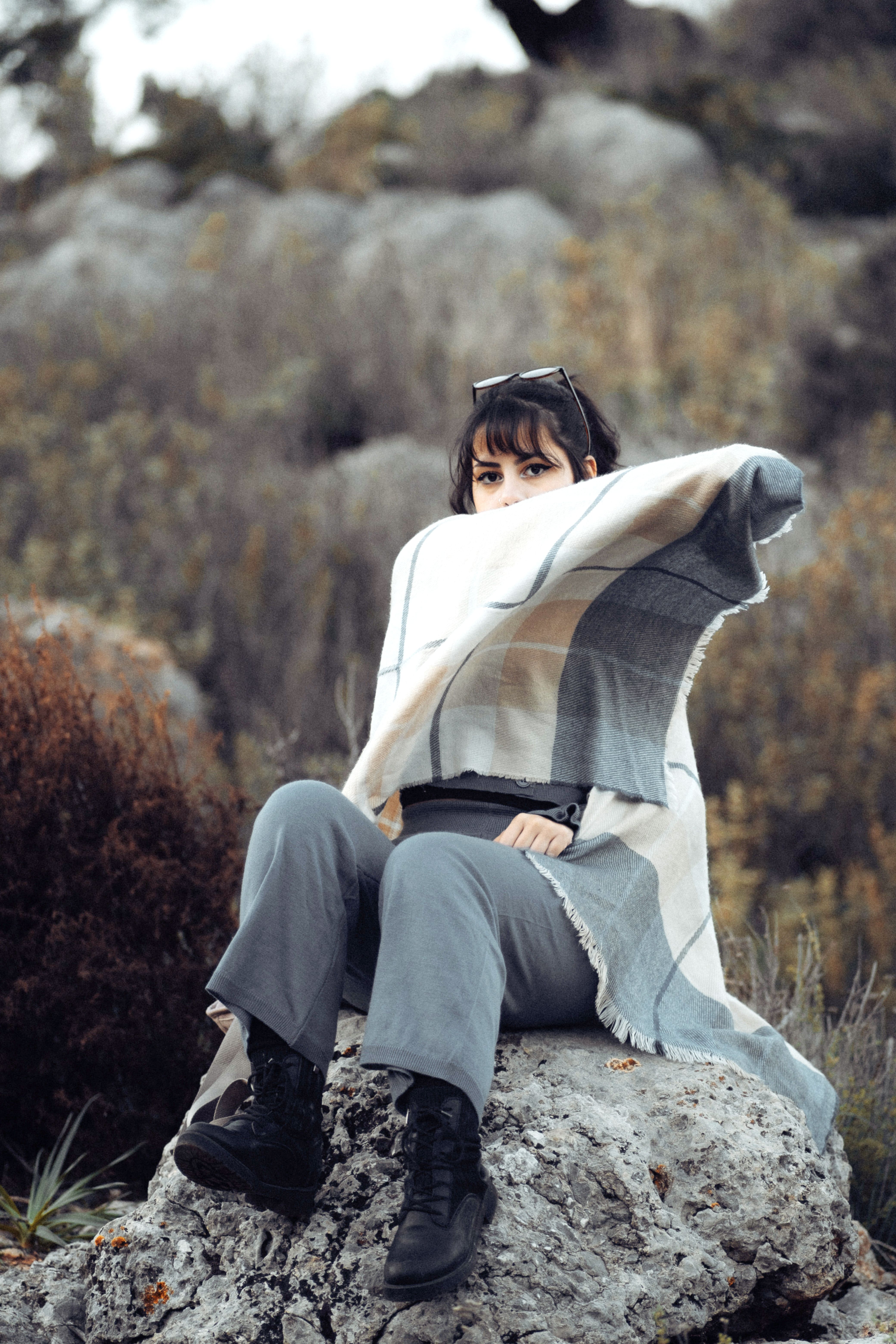


The north-eastern regions of India are a fashion paradise. Most women and men are very “with it” in the fashion scene. They take real pride in dressing up well for all occasions. However, when people think of the northeast of India, they do not think of fashion. It is known for its natural beauty, as an offbeat tourist destination. They are seen among the men and women who are employed in restaurants and parlors outside their home state. Fashion is definitely not the immediate association with the place. We have very few known names of designers from the NE in the mainstream fashion scene of India. Is it because they lack the required PR skills, or the exposure, the in-articulation of the Hindi language, or is it the inability to effectively hobnob among the ones whose words matter in the competitive fashion industry? The answers are probably in the web of trouble, most of the states have faced with the insurgency that went on for years and also the inaccessibility of platforms that truly wanted to promote NE fashion. Looking back at the history of Shillong, which is considered the fashion capital of the northeast, it is with the British, who arrived in India and Meghalaya that the tone of western fashion was set in the state.
The ones who stayed back after independence and married the local matrilineal tribal women. The children of these marriages have blond hair, light eyes and are very westernized in their outlook, mannerisms, and cultural affiliations. This, in turn, produces a mixed culture, which is not only found in their way of living but also in the style and choice of their clothing. The traditional attire is not seen regularly among many of the young women who are born into a half-British and half-Khasi culture. Many of the Shillong girls can be found wearing trendy western clothing. They accessorise their clothing with handmade leather boots, made by the Chinese community of Shillong. Now the scene has changed as these shoemakers are on the decline, as most have left the state during the insurgency and moved to Kolkata and to other states in India or have gone abroad. Shillong, with its present real estate boom, has malls that have sprung up in the little hill town.
Walking on the roads, one can find shops with multiple brands that have made their entry, offering clothing, shoes, accessories etc from Thailand and China to the fashion-conscious market of the state. Looking at the large number of Christians in Meghalaya, the women, who are called the Kong in the Khasi language, and Ba, are men, who wear western clothing with aplomb. The Eri shawl that is woven by the Khasi women is worn by both the Kong and the Ba. The shawl is traditionally worn over their western attire, regardless of gender. Eri silk is the most respected fabric of the local tribal people of Meghalaya.
From the rich to the everyday villager, Eri silk is the fabric that is worn with pride. Shillong has hundreds of villages that raise these silkworms and have the Eri silk supply chain and eco-system at their core. Despite the fact that fashion and sustainable practices have been the clarion call for designers since the pandemic, we don’t meet many north-eastern fashion designers among the chosen few big names of India’s fashion fraternity. Many say that the fashion world in India is very DelhiMumbai-centric. They claim it is very cliquey, where the Hindi language becomes the barrier breaker between bigger, established designers and the younger ones. The north-eastern fashion students who move from their home state find it difficult to break into the circle due to the lack of articulation of the Hindi language, sometimes financial constraints and also not having a senior ally in the fraternity who will help ease them into the scene.
The names are rather far and few who have gone on to excel in the mainstream fashion world of India, except for the founder of Tilla, Aratrik Deb Burman, who hails from Agartala. His brand has exquisite, highend couture clothing that does not represent attire from his home state. Looking into the fashion scene of the north-east, one can find Manipur’s Robert Naorem, who has been successful in making a name for himself. He curates fashion shows with models who don the traditional attire, from his home state weaves and brings it to mainland India. But how many takers there are for the traditional attire outside the home state is yet to be seen. Speaking to Iba Mallai from Meghalaya, who has a clothing brand called Kiniho, she said, “There are many challenges that NE designers face to reach the mainstream fashion world. Some of them are due to a lack of exposure. We don’t have many big brands or high fashion markets in the north-east to draw inspiration from. This can be because of the economy in the region. We lack high-end consumers. There is also a lack of fashion events or platforms to showcase our work. We don’t have many fashion events in the northeast. I also feel resources are one of the reasons. Even though we have many creative designers from the north-east, we don’t really have good tailoring units or garment factories that could meet the standard as per the other big brands that are there in the country. There is also a lack of trims, accessories, and other stitching materials in our market.” Mohua Chinappa is an author and a podcaster of a show called The Mohua Show.